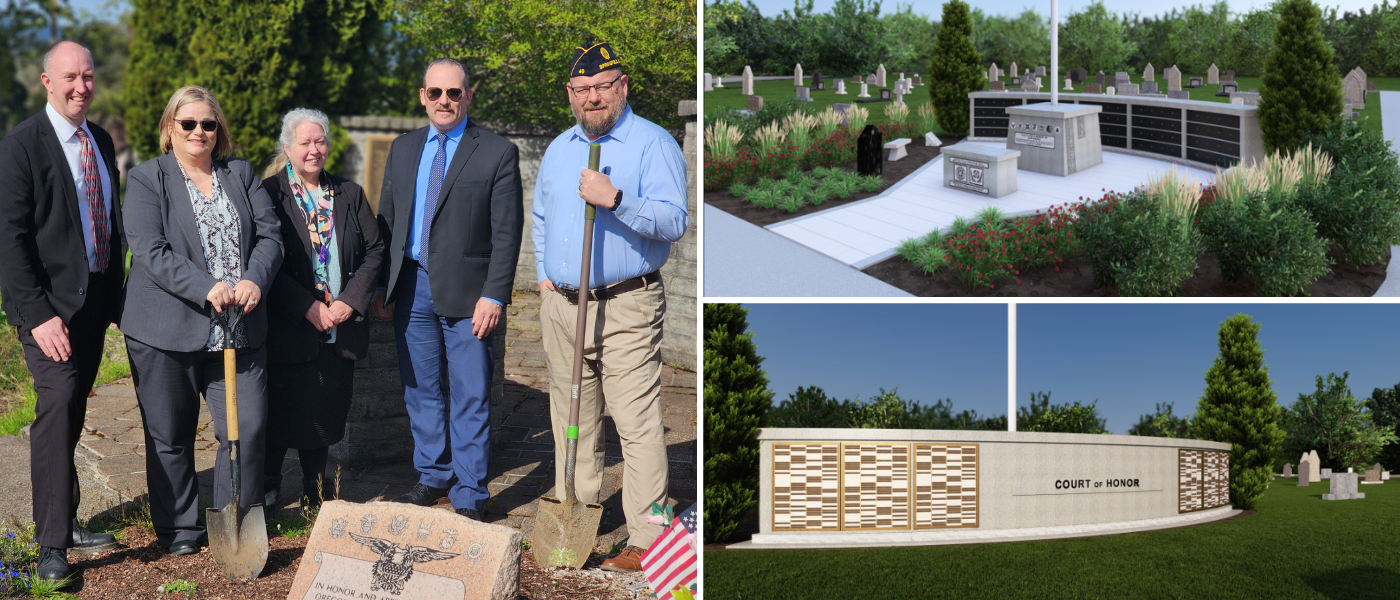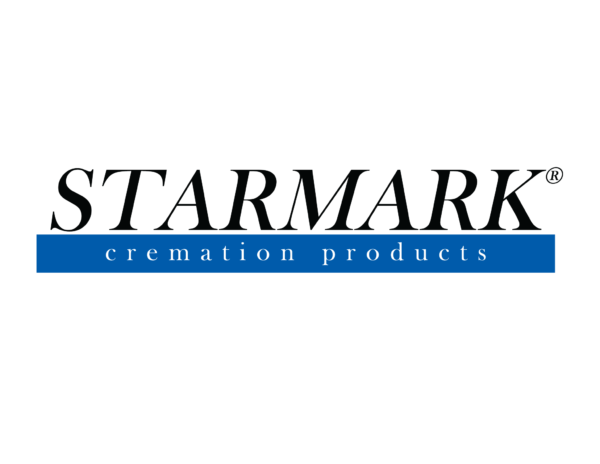Til Green Do us Part: Eco-Death Care On the Rise
 Call it the green goodbye.
Call it the green goodbye.
In an age where more and more people are choosing to go green in their daily lives, there is a growing movement to go green — in death.
For thousands of years, the idea of “ashes to ashes” was the norm, with people invited to find solace in the fact we are all connected to the same cycle of birth, decay and rebirth.
Then something changed.
The American Civil War gave rise to the use of embalming fluid to preserve the bodies of slain soldiers until they were transported home for burial.
The addition of concrete burial vaults and solid wood coffins also became a mainstay in death care, while at the same time moving people away from the natural processes of death.
But now there is a growing movement to return to a greener return to the earth, something Joe Sehee of the Green Burial Council says is indicative of a more environmentally conscious society.
“Green death care may sound like just another trend in the eco-chic movement, but it’s actually the way most of humanity has cared for its dead for thousands of years,” he told ctvbc.ca.
“Things live, they die, they decay and they are reborn. This happens all around us. And with green death care we can take ownership of this in a more environmentally conscious way.”
Now five years old, the council has a dual mandate: to lower the harmful emissions associated with death care, and also to use burial as a way of stewarding and restoring green spaces.
“It means burial products that are non-toxic and biodegradable,” Sehee said.
“It means not using harmful products, and no metal caskets, no concrete vaults. It’s back to ‘ashes to ashes.'”
The council’s has established North American standards across the death care industry so providers can easily be found by consumers wanting to go green.
Smith’s Funeral Homes in Burlington, Ontario, is the first Canadian provider to be certified green by the council.
Smith’s offers consumers “full-green death care” options, like 100 per cent recycled paper for acknowledgement cards and only using non-toxic, plant-based embalming fluids.
The business even has plans in place to replace cars and hearses in the funeral fleet with hybrids.
“We had about 15 per cent of families this summer choosing a green service option so it’s becoming more and more popular for people wanting a minimal carbon footprint,” coordinator Jen Rayworth said in a telephone interview.
Rayworth says many people are opting for green caskets — biodegradable vessels with no metals, plastics or harsh chemical finishes.
“They may not be as shiny as the traditional caskets, perhaps a bit plainer, but they’re a lot more eco-friendly,” she said.
A greener type of rental
A trend growing alongside green caskets is the addition of rental caskets, where the eco-friendly unit is put inside a more ornate piece for the public ceremony.
Joe Sehee says it’s an idea that just makes sense, conservation-wise.
“Why in the world would you be burying people in a beautiful casket full of toxic chemicals?” he said.
“The concept of using this beautiful piece of furniture and then essentially throwing it away is so wasteful.”
At Smith’s Funeral Home, Rayworth says the rental option gives a more aesthetically pleasing option to the often plain and simple greener options.
“So if they want to have their friends come and visit they can rent a casket for that amount of time and then buried in the eco-friendly shell,” Rayworth said.
The interiors are changed and cleaned for each rental, with some of the “gently used” caskets sold at a discount to families who can’t afford a traditional casket.
The natural option
Green death care may be gaining popularity, but not as quickly as the Green Council might like.
One problem is that many people simply don’t know about it.
A 2007 survey by the American Association of Retired Persons found that while 22 per cent of respondents had a desire for a green burial, only 19 per cent had ever heard of it.
Sehee says the movement may catch on faster in Canada, where the more eco-friendly burial option of cremation is already quite popular.
“In the U.S., cremation is seen as a cheaper way to avoid a funeral, while in Canada it’s seen as another option to burial. In the States that was never the case,” Sehee said.
With an aging population in both countries, the green death care movement may also provide a context that allows people into the conversation about death — and the “Sweet Greenafter.”
“I get a lot of people calling me in their 30s and 40s and they’re really looking for a way to get in sync with the earth and take ownership of their fate,” Sehee said.
“Going simply and naturally is something a lot of us can get our minds around, and put a lot of solace in when we’re still relatively young. It means understanding death, but not being scared of it.”
Source: CTV.ca



